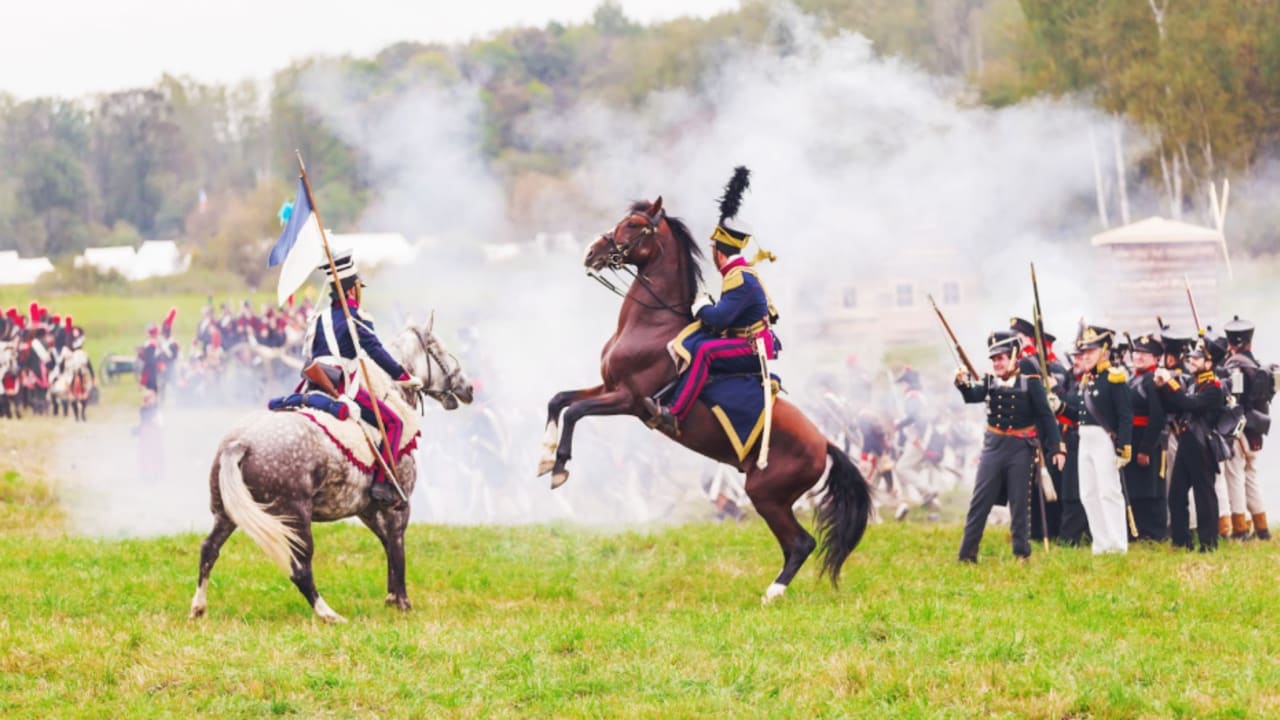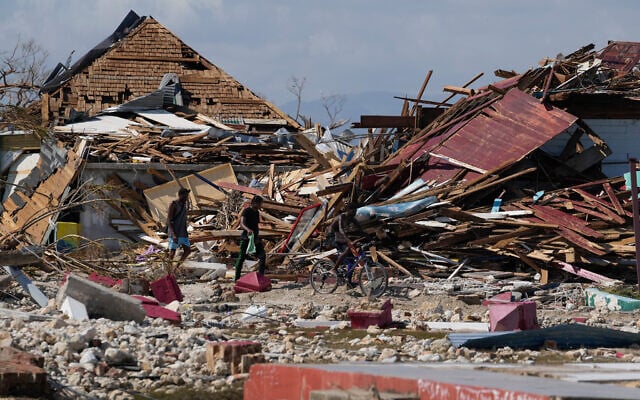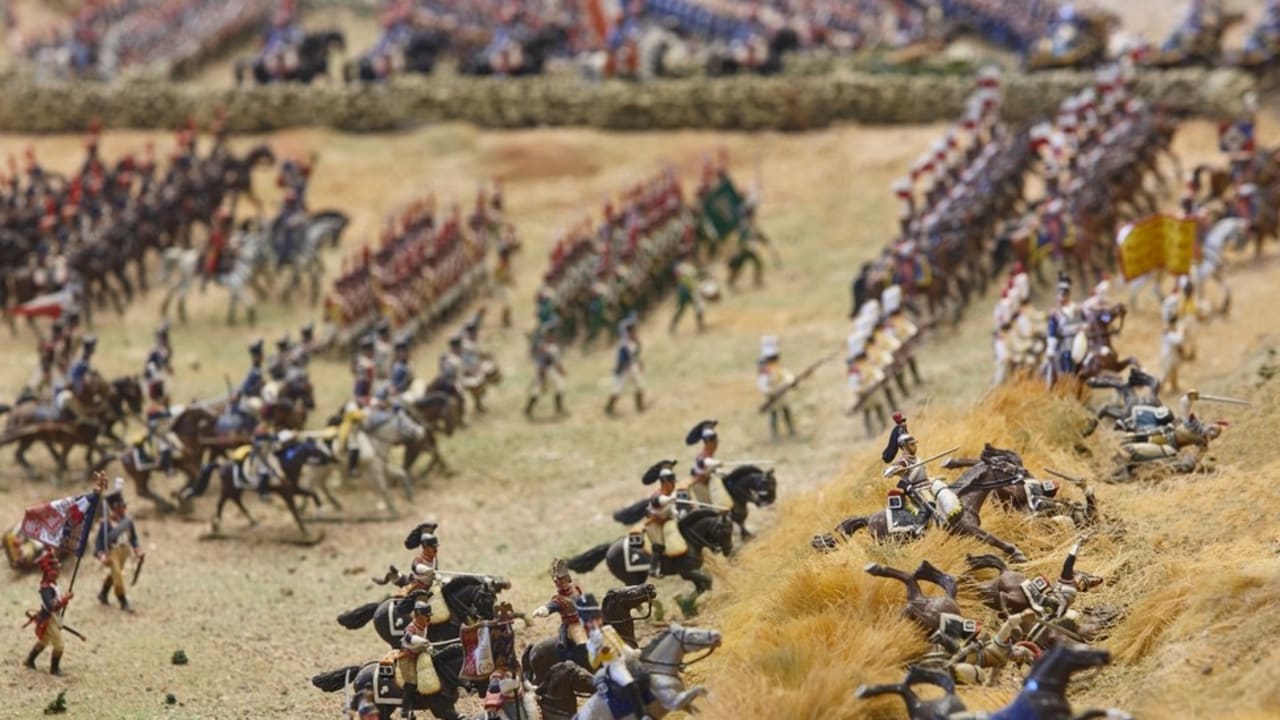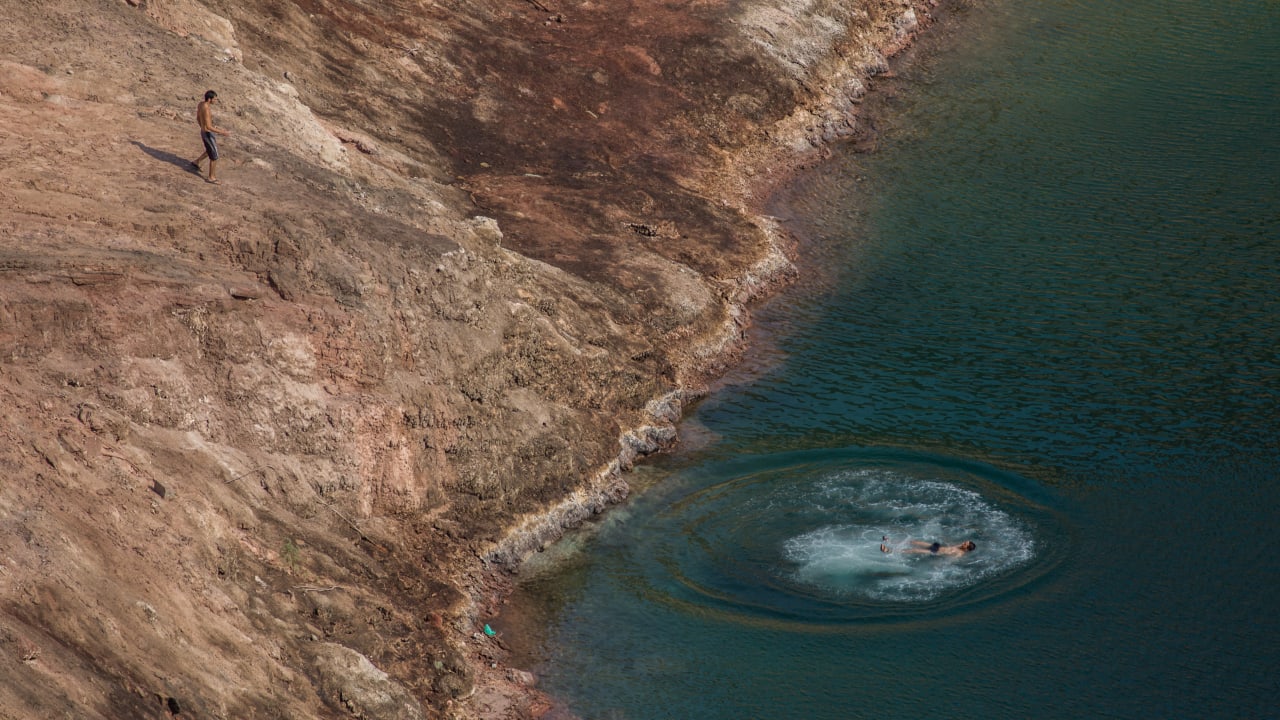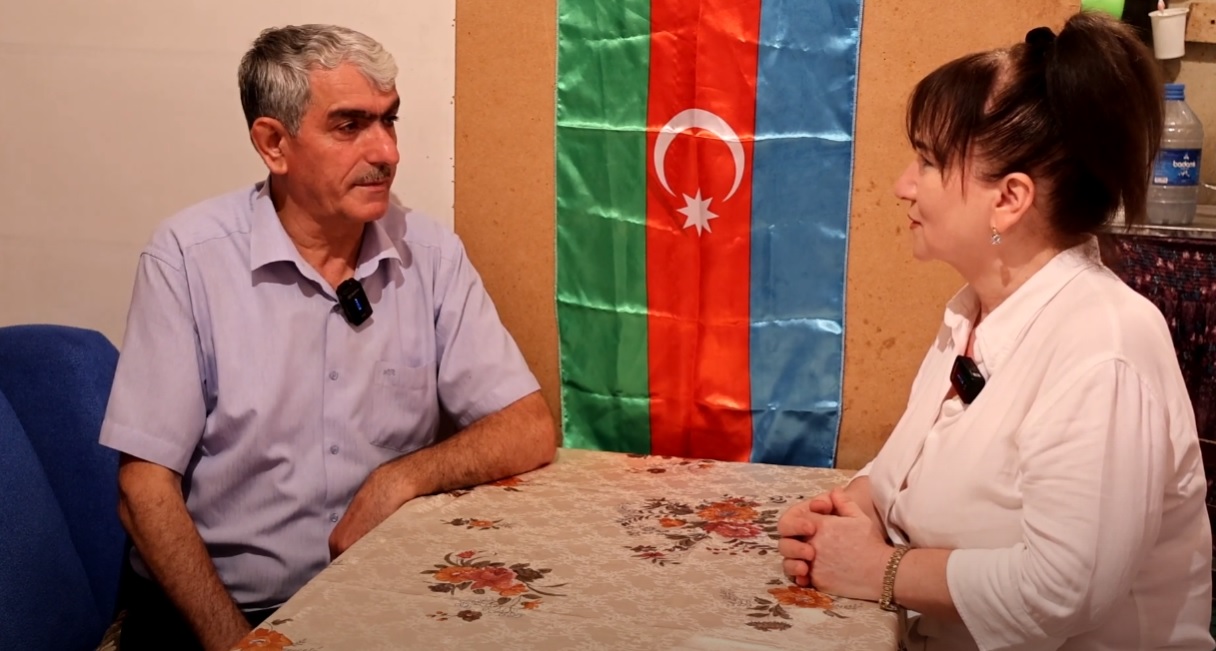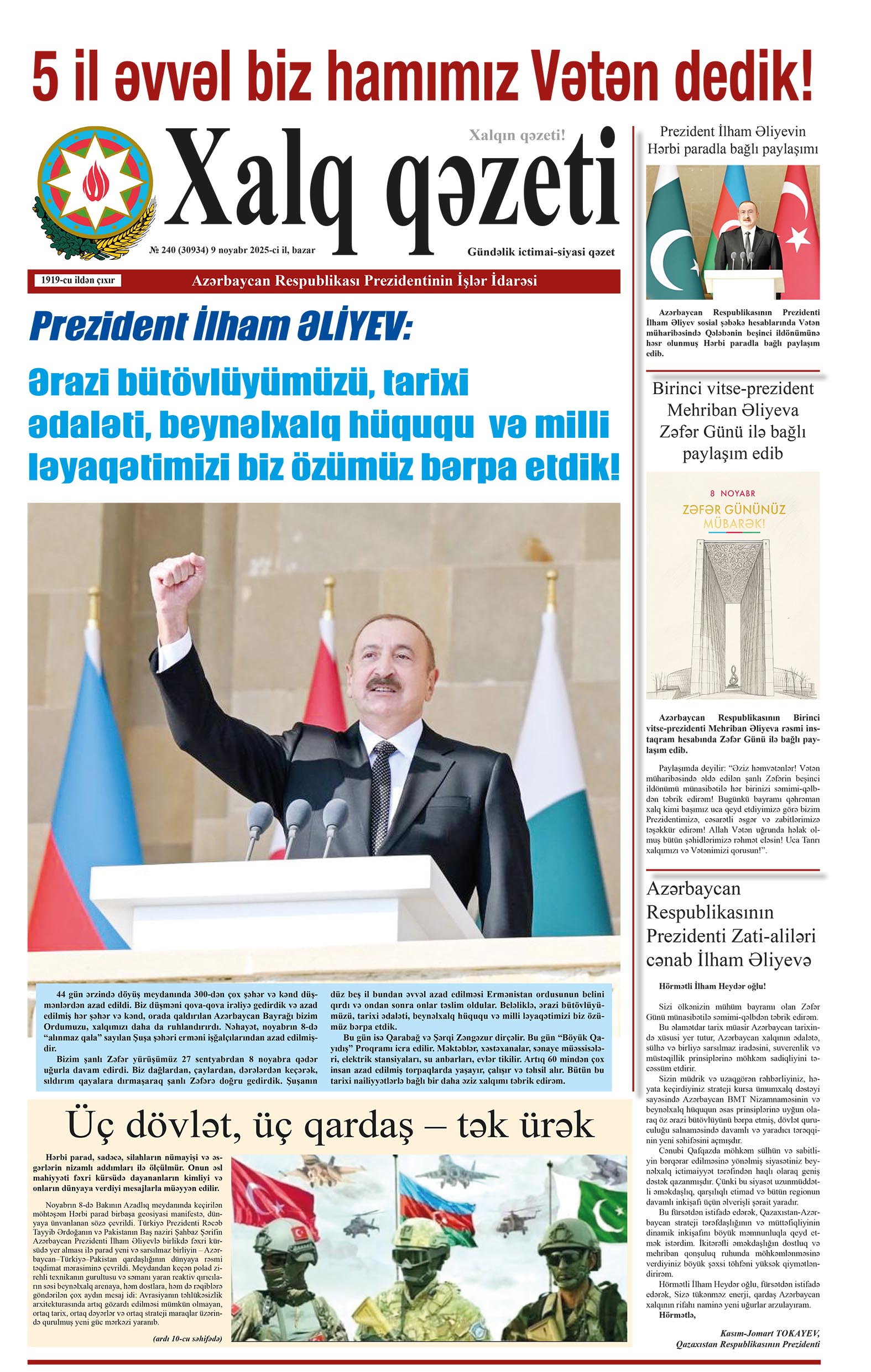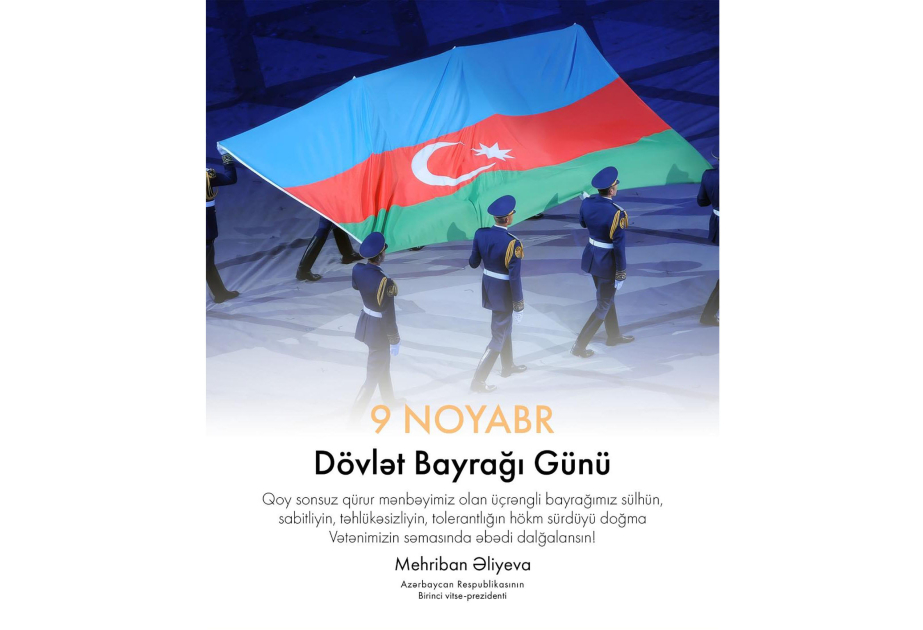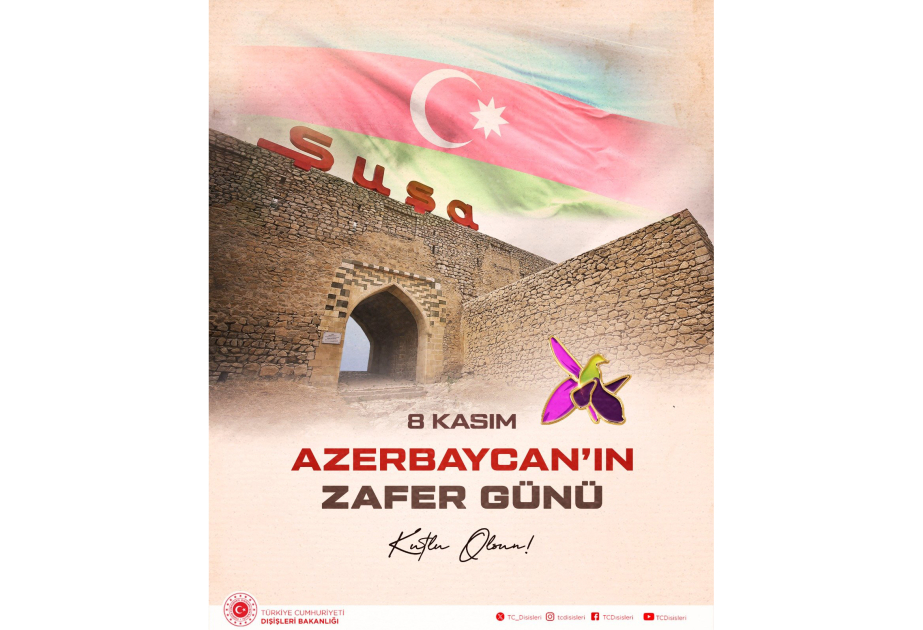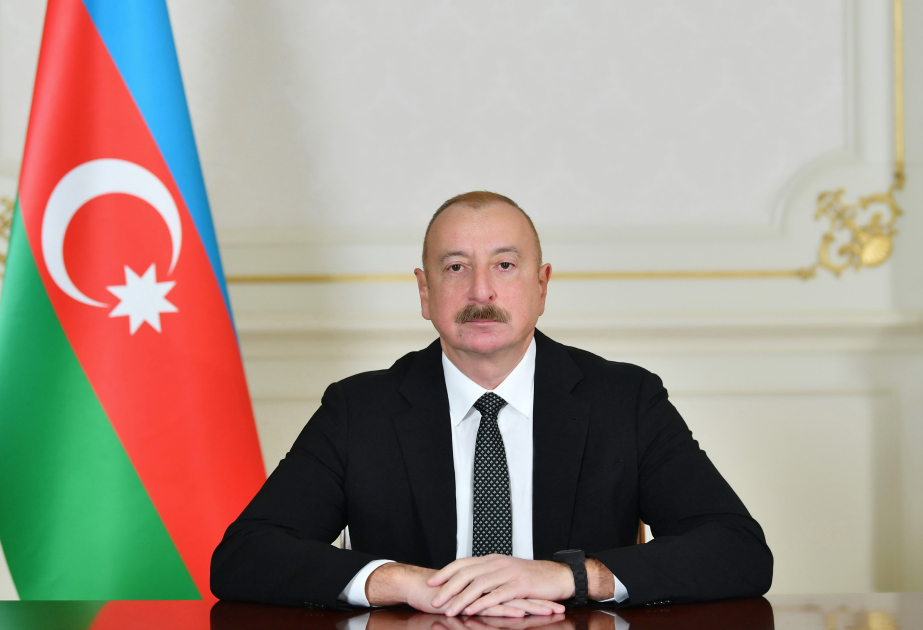ByJERUSALEM POST STAFF
Genetic traces of Salmonella enterica and Borrelia recurrentis were identified in teeth from thirteen soldiers buried in a Vilnius mass grave.
A new preprint on bioRxiv reexamined the disease profile of Napoleon’s retreating army in 1812. Researchers extracted ancient DNA from teeth of thirteen soldiers recovered from a Vilnius mass grave that contained more than 3,000 corpses. Ultra-low-coverage microbial reads were authenticated through damage patterns and placed on phylogenetic trees. After excluding fourteen initially flagged microbes, the team confirmed Salmonella enterica Paratyphi C in four men and Borrelia recurrentis in two.
Sample 93A alone yielded about 4,060 unique fragments that covered the entire Borrelia chromosome and all seven plasmids. Sample 92B produced roughly 320 unique reads and eighteen confirmed hits. Four soldiers—87A, 92B, 95A, and 97B—contributed between 30 and 970 fragments that positioned the sequences inside a Paratyphi C lineage long present in Europe.
The study delivered the first direct genetic evidence that paratyphoid fever and louse-borne relapsing fever struck the Grande Armée during the retreat from Moscow. No authenticated DNA from Rickettsia prowazekii or Bartonella quintana appeared in the material. The authors noted that only thirteen individuals were tested and called for wider sampling before ruling out additional pathogens.
Skeletal analysis supported a death toll driven by disease, malnutrition, and cold rather than battle wounds. Most of the men, aged about twenty to thirty-nine, showed no signs of violent trauma. Contemporary memoirs described soldiers entering Vilnius exhausted, lice-ridden, and feverish, with widespread jaundice, diarrhea, and pneumonia. “The similar symptoms confused doctors and commanders, preventing effective measures to curb contagion,” wrote one wartime physician.
Dietary records pointed to a food-borne outbreak: troops survived on salted beetroot and brine as supply lines collapsed, conditions favorable to Paratyphi C. Filthy uniforms enabled lice to transmit Borrelia recurrentis, producing the characteristic fever relapses logged by Napoleonic medical staff between 19 October and 14 December 1812.
Napoleon led roughly half a million soldiers across the Polish border in early summer; only a fraction reached the Berezina River months later. Cold, hunger, gastrointestinal disease, and exhaustion devastated units already weakened by skirmishes. Historians now argue that enteric infections and fatigue matched or exceeded Russian firepower in lethality.
The team’s authentication protocol relied on read mismatches, deamination signatures, and comparisons with modern and ancient genomes. The workflow, designed for ultra-low-coverage material, has already detected Anelloviridae in Napoleonic remains near Kaliningrad, suggesting a broader microbial landscape yet to be mapped.
The authors cautioned that frostbite, scurvy, and other ailments may still obscure the full picture, yet their findings challenge the long-held view that typhus was the Grande Armée’s main invisible foe and show that microscopic agents exerted decisive influence on one of Europe’s pivotal campaigns.


